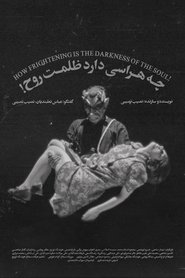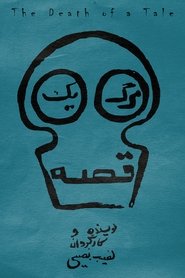
Nasib Nasibi
1940-04-08
63 (2004-01-01)
Tehran, Iran
Nasib Nasibi is known for Che harasi darad zolmat-e rooh (1972), Death of a story (1968) and Yoosh-e Nima (1968).
Tehran, Iran
Nasib Nasibi is known for Che harasi darad zolmat-e rooh (1972), Death of a story (1968) and Yoosh-e Nima (1968).


